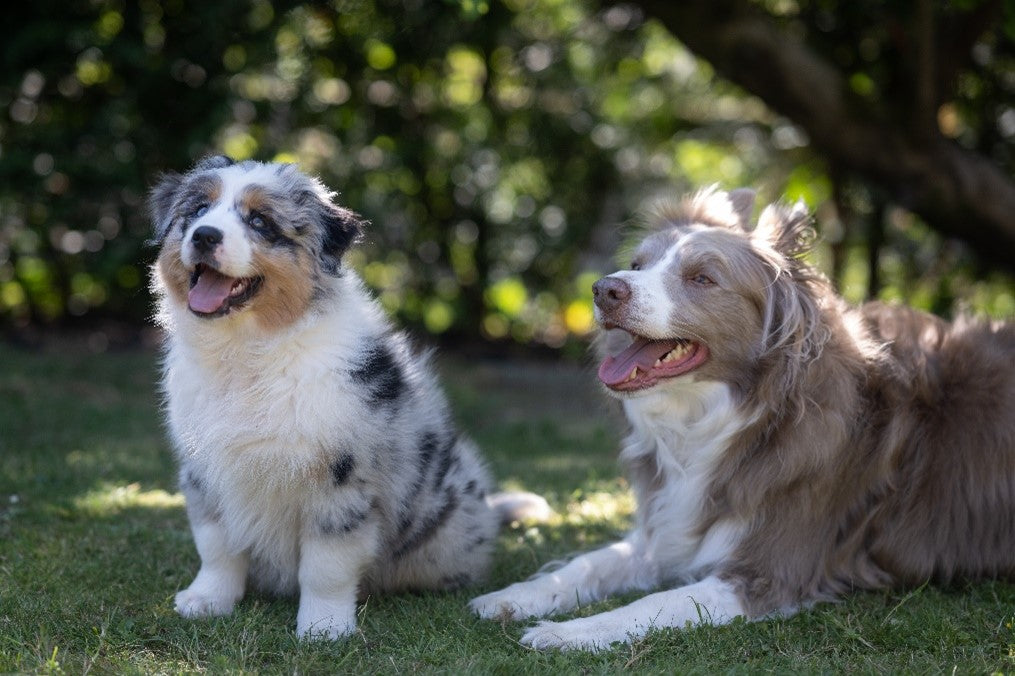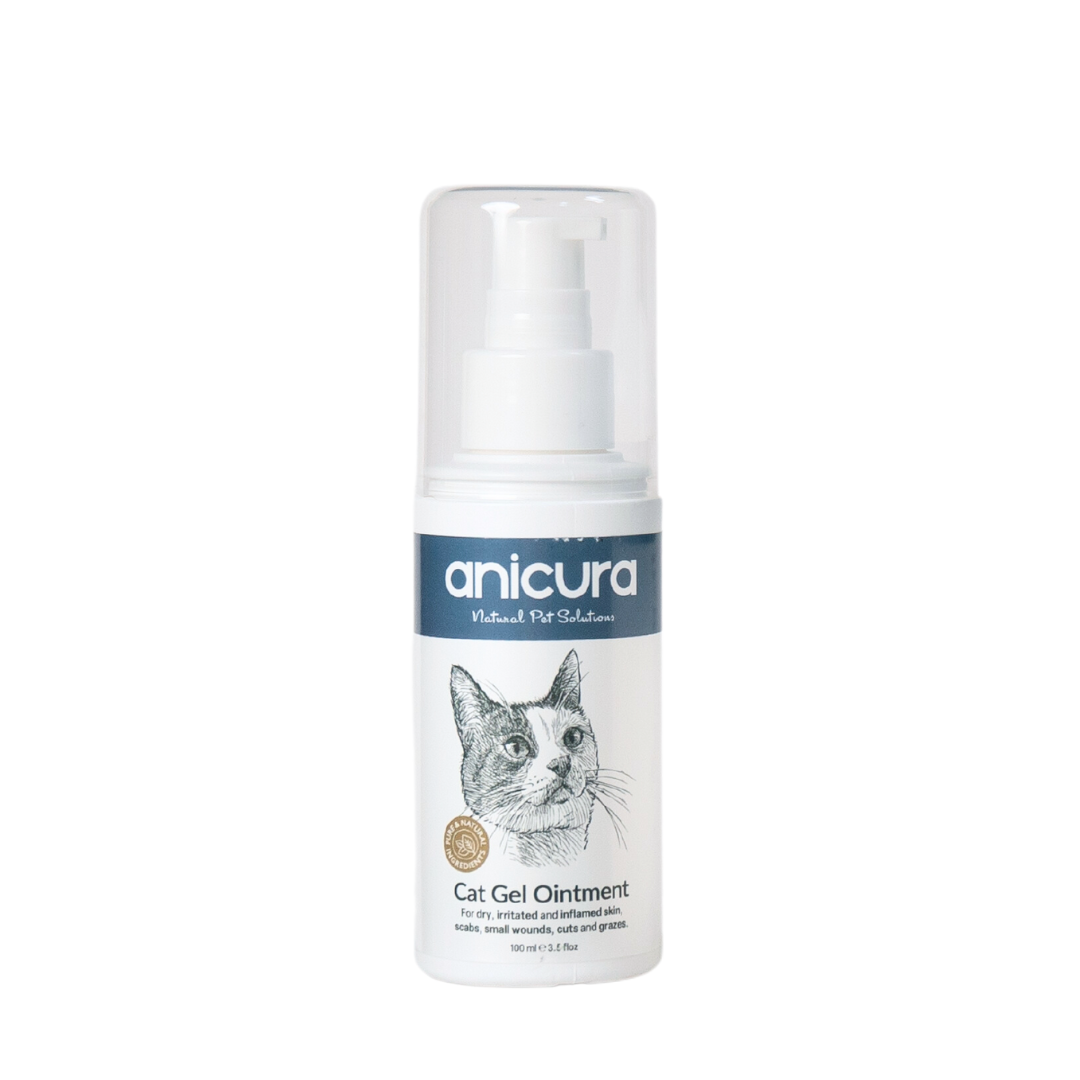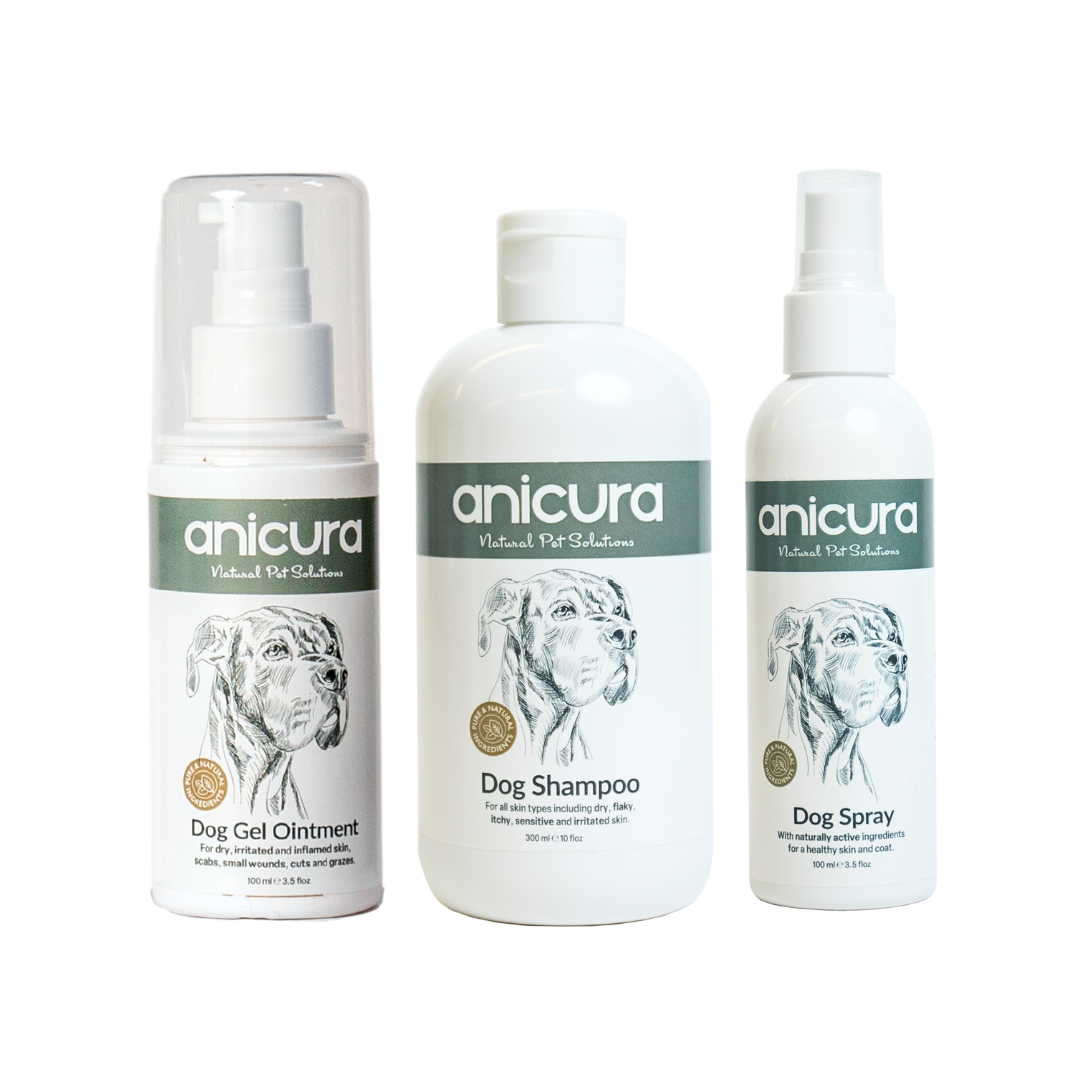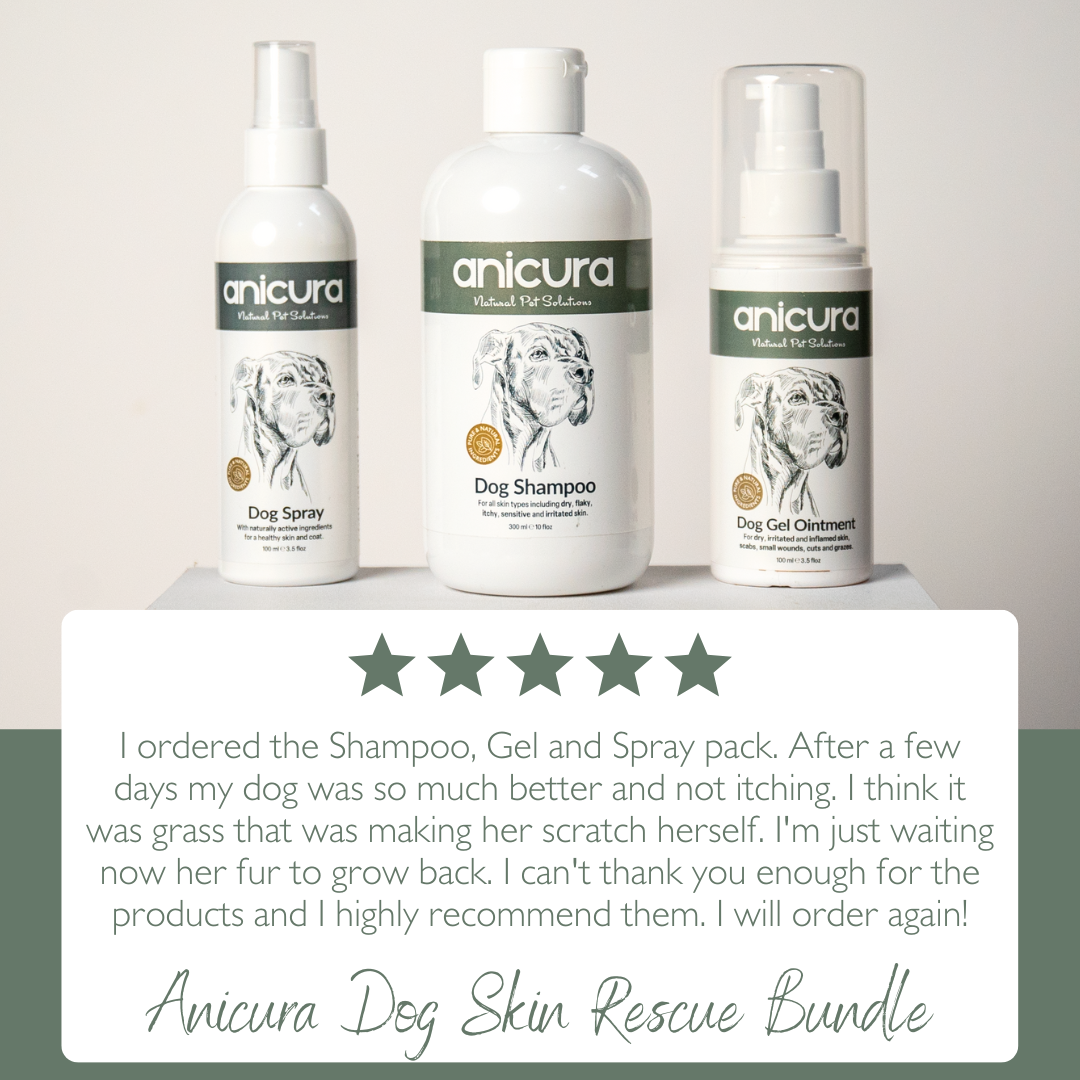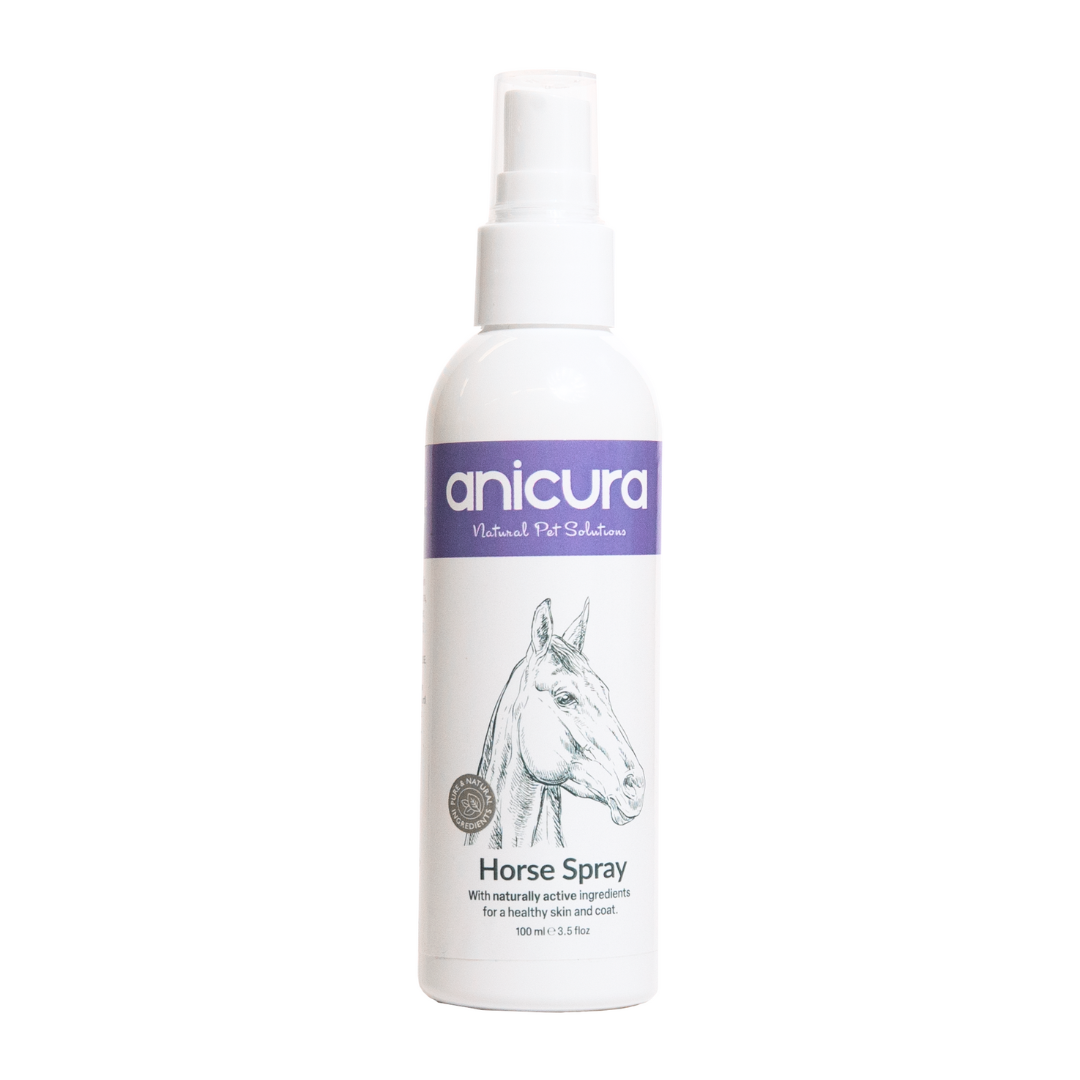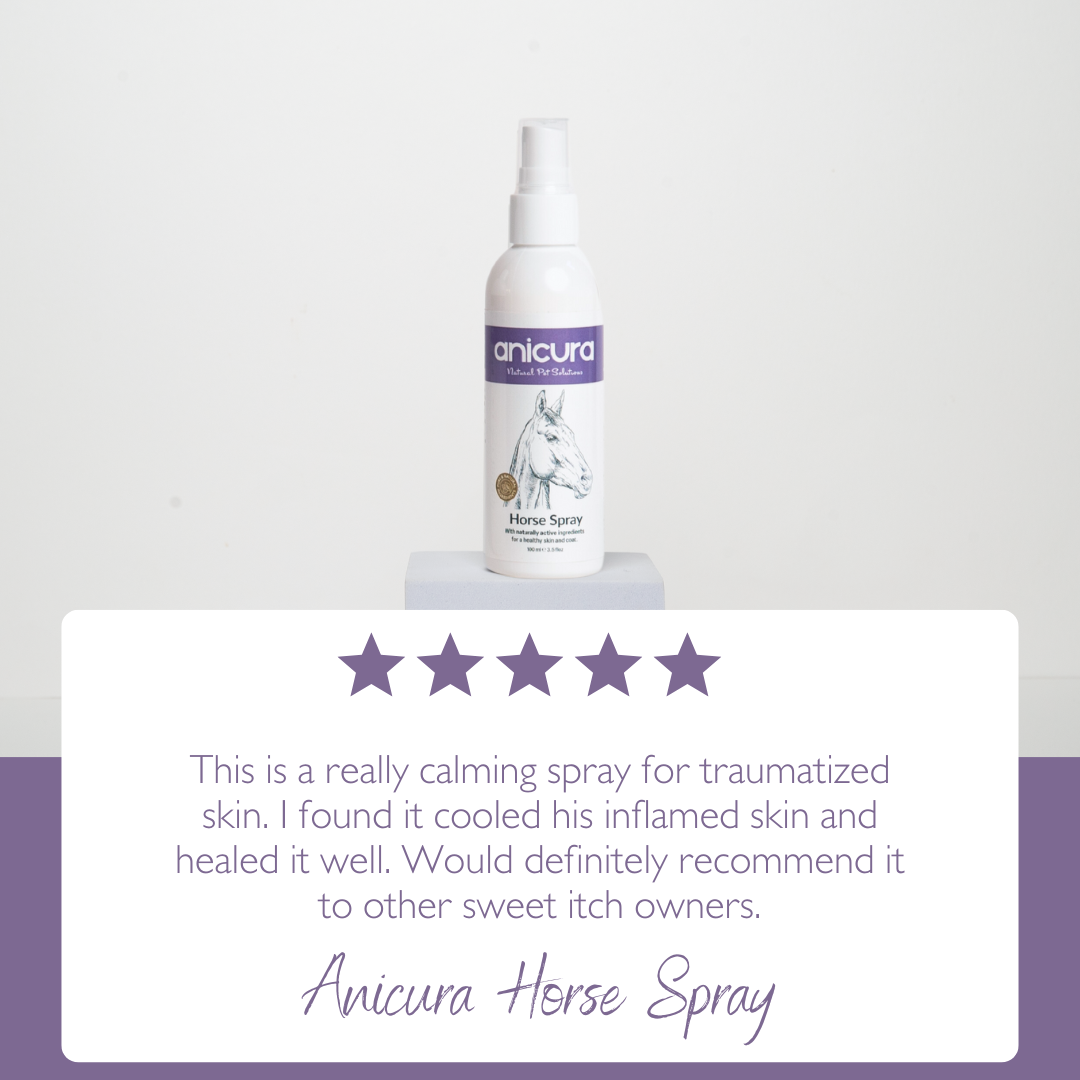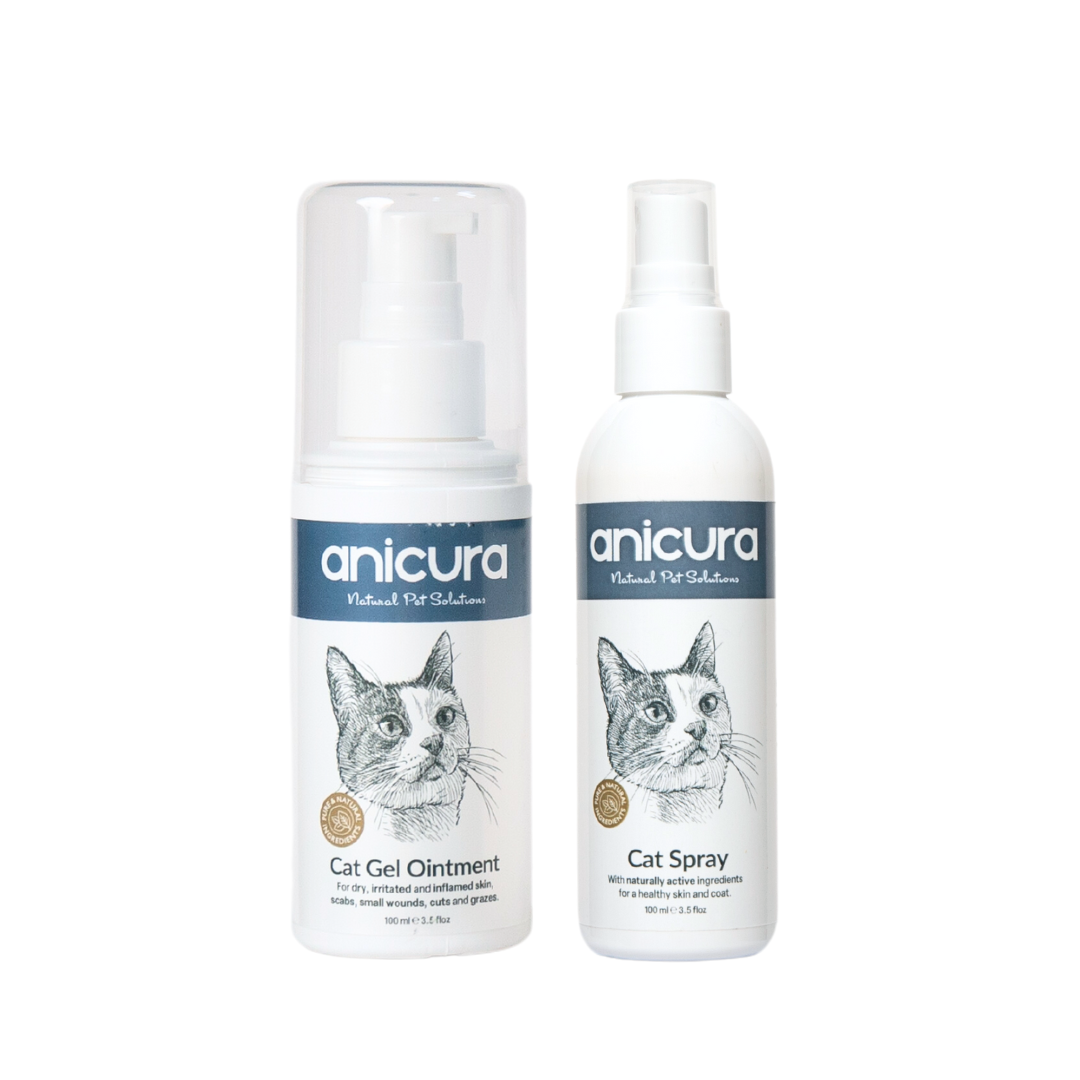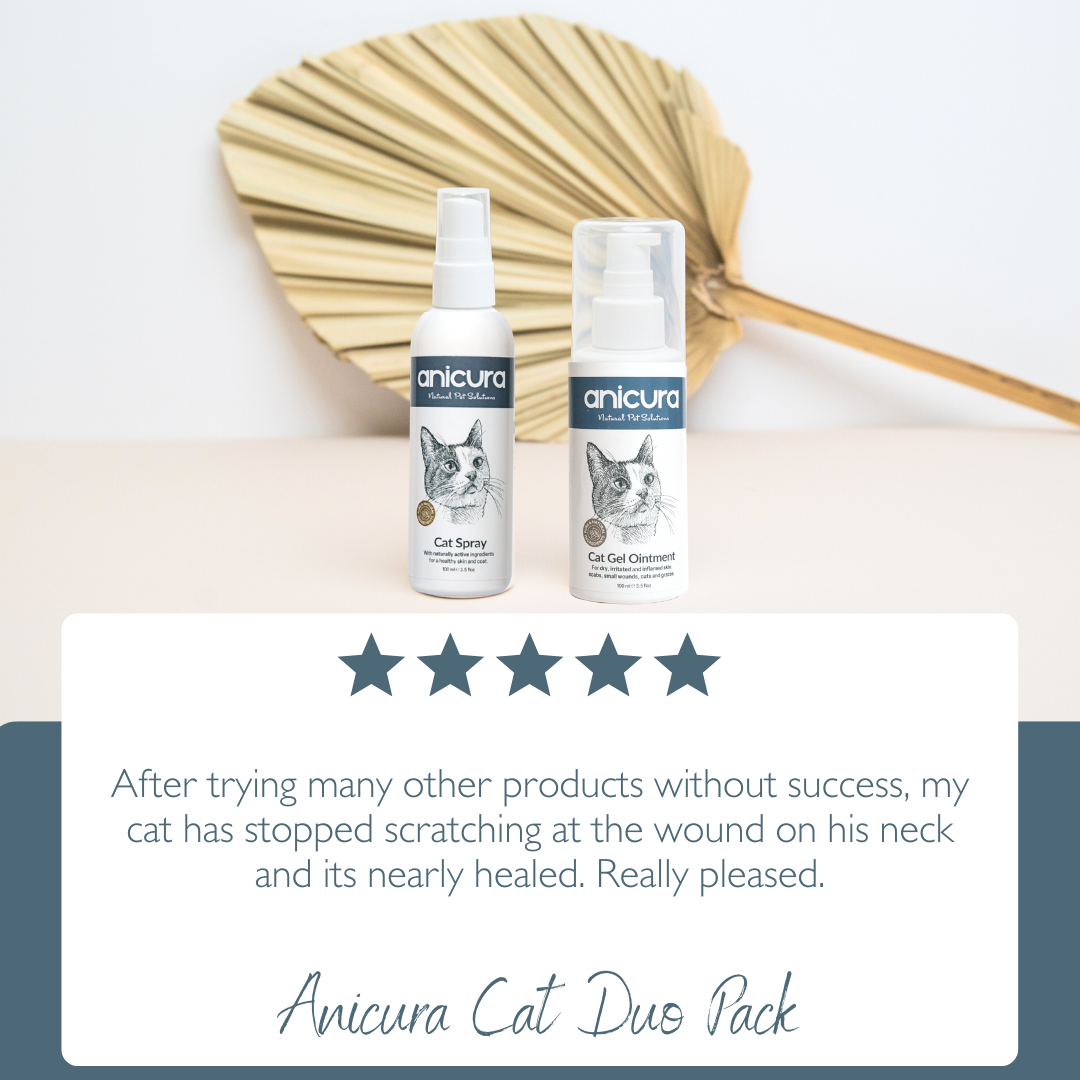For us at Anicura, every month is healthy skin month. The difference this month is that it’s healthy skin month for everyone else too! Healthy skin needn’t be out of reach for your itchy pup or scabby tabby. With that in mind, we’re giving you a special healthy skin 101 breakdown, so your pet can be as comfy in their skin as anyone else.
Here are 5 things you can do right now to get your pet’s skin in check in time for winter and the cold. Don’t wait! Your pet will thank you when they’re cuddled up on the couch in absolute bliss.
1. Feed them an appropriate, nutrient-dense diet
Get your pet's diet in order - it really is the foundation of good (skin) health. We recommend feeding a raw diet that is as close as possible to what your pet's ancestors would have been eating in the wild. The reason for this is two-fold: not only are you automatically avoiding most common food allergens such as wheat and dairy, an appropriate diet will also strengthen your pet's immune system, making them less prone to developing allergy symptoms. For dogs we tend to recommend a diet of about 60% raw meat, as well as some vegetables, seeds and healthy oils too, to maintain healthy skin and a full coat. Cats are slightly different, being full-on carnivores. For the best skin results, feed them almost exclusively raw meat diet, with no “meat derivatives.” It isn’t “real” meat, is highly processed and low quality. It just isn’t a good substitute and, when your cat’s health is concerned, you can’t afford to cut corners! Feed them real, high-quality proteins and fats instead.
2. Reduce the toxic load in your pet’s environment
By “toxic load,” we mean any chemical product that your pet interacts with. Not just directly either, we also refer to peripheral products that don’t interact directly with your pet, but that your pet can experience residual effects from being around. Standard or medicated shampoos are a big one. Often there's nothing natural about them and they can feature high quantities of ingredients that may seem helpful in the short term, but are damaging in the long run. We would, in the list of indirect, yet harmful products, include household cleaning products or any laundry detergent or fabric softener used to clean bedding, for example.
Fortunately, there are a growing number of natural substitutes on the market or, alternatively, you can make your own! Vinegar, for example is an amazing natural cleaner and you can use lemon to tackle grease in the kitchen. It works wonders.
3. Bathing
To bathe or not to bathe? That is the question. Most times the answer is “not.” It’s more obvious if you have a cat, as they’re fully capable of, and almost always prefer to, clean themselves. What of the shaggy dog, though? For thousands of years, dogs have managed to keep themselves clean, since before we ever domesticated them. They’re adept at self-care, keeping their skin and coat in good condition most of the time. We’d recommend keeping dog bathing to a minimum, if you can help it. Try only to bathe them if your dog has rolled in poo or is having a particularly smelly day. We've mentioned synthetic shampoos before - if you do choose to bathe, make sure you use a product that is gentle and avoids possible irritants, like our Shampoo. Also make sure you brush your pet regularly: it stimulates the surface of the skin, increases circulation, removes dead and loose hairs and distributed the natural oils throughout the skin and coat, leading to a fuller, healthier coat and less irritated skin.
4. Use products that nourish your pet's skin
Of course, we recommend that you use our Anicura Cat or Dog Spray to maintain skin health! The Spray is made almost exclusively from natural oils and extracts that are specifically formulated to be easy on your pet’s skin, making itching and scratching a thing, for the most part, of the past. The Spray works in two ways: cooling and soothing in the short term, through ingredients like peppermint and eucalyptus, and making the skin stronger in the long run by feeding young skin cells with an overload of vitamins and minerals.
5. Consider your pet’s mental wellbeing
The mental aspect of skincare is one that is almost always overlooked. Again, for a cat, things are relatively simple. Don’t irritate them, give them food, play with them and they’ll generally find you tolerable. If you have a bit of an anxious kitty, building them a cosy den and giving them their space may help. For a dog, however, it’s different. They love you more than life itself. Lots of exercise, love and attention and playtime will help you bond with them, which is the one thing your dog wants more than absolutely anything. Make them a part of the family and their mental wellbeing will shoot up, along with their overall health. If you want to learn more about reducing stress in your pet, read our blog about pet stress here.
These top five tips should give you some scope through which to approach treating your pet’s skin. Make sure you keep at it and you’ll be sure to see results! We all want healthier, happier pets and, when it comes to skincare, these are the way to achieve it!



